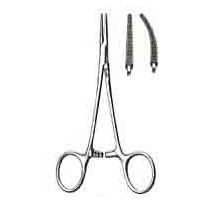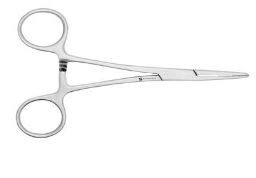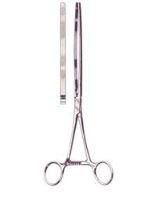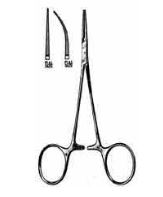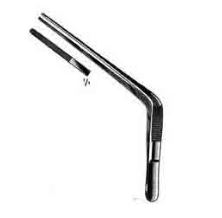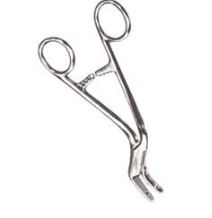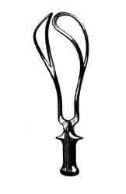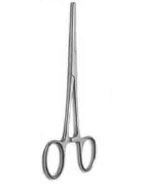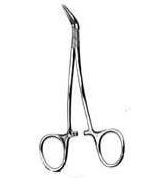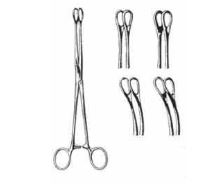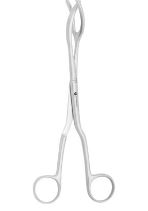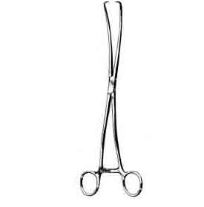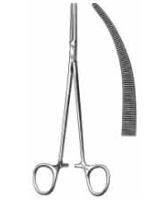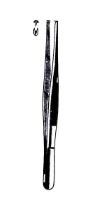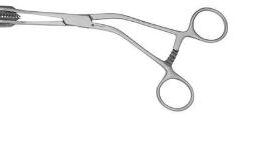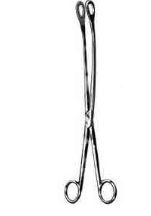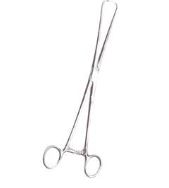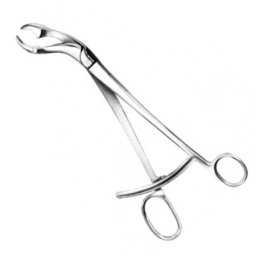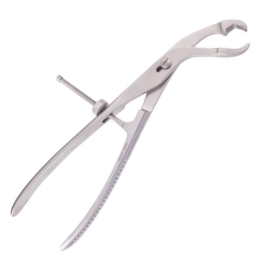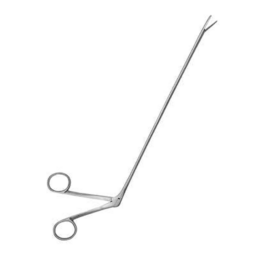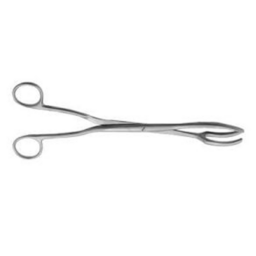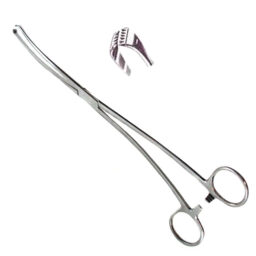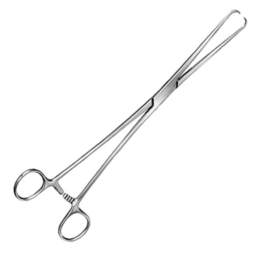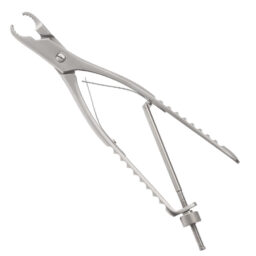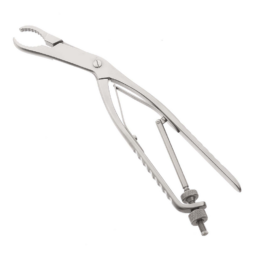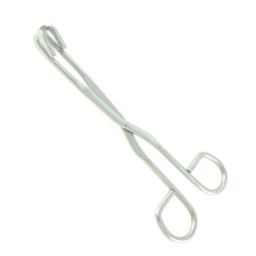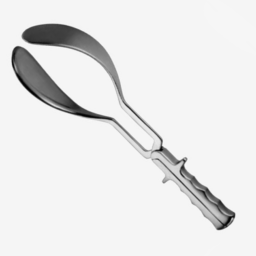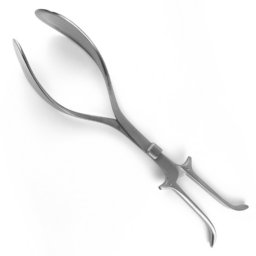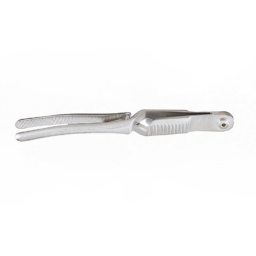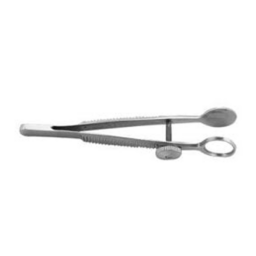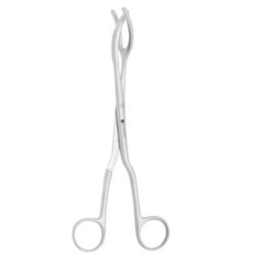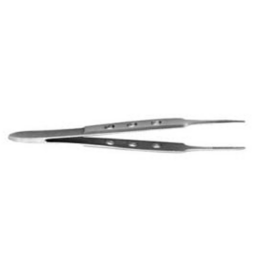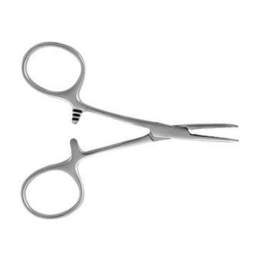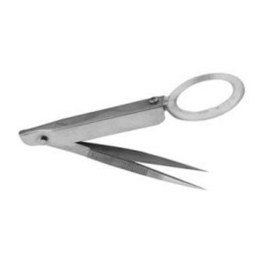Forceps
Showing 1–24 of 416 results
-
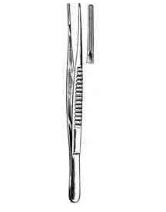
Atraumatic Forceps2 Products
-
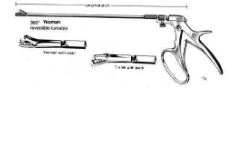
Biopsy Forceps4 Products
-
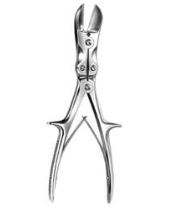
Bone Cutting Forceps25 Products
-
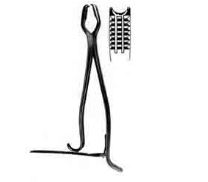
Bone-Holding Forceps25 Products
-
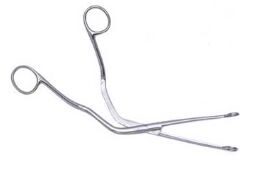
Catheter Forceps2 Products
-
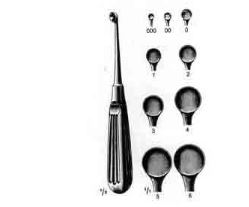
Curettes Forceps24 Products
-
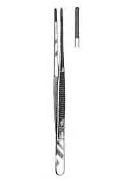
Cushing Forceps2 Products
-
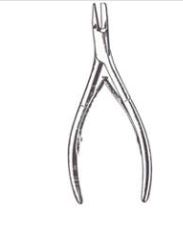
Dermal Forceps1 Product
-
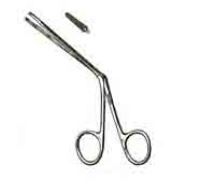
Dressing Forceps27 Products
-
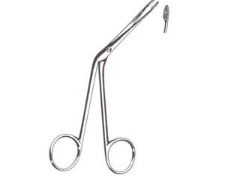
Ear Forceps13 Products
-

Eye Forceps11 Products
-
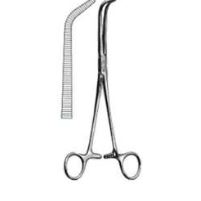
Gall Bladder Forceps4 Products
-
Hemostat Forceps - Curved42 Products
-
Hemostat Forceps - Straight18 Products
-
Intestinal Forceps12 Products
-
Micro Surgery Forceps12 Products
-
Mosquito Forceps21 Products
-
Nasal Forceps9 Products
-
Neurosurgical Forceps12 Products
-
Obstetrical Forceps7 Products
-
Orthopedic Forceps5 Products
-
Rochester Hemostatic Forceps41 Products
-
Splinter Forceps15 Products
-
Sponge Forceps8 Products
-
Sterilizer Forceps5 Products
-
Tenaculum Forceps6 Products
-
Thoracic Surgical Forceps17 Products
-
Tissue Forceps36 Products
-
Tongue Forceps2 Products
-
Tonsil Seizing Forceps3 Products
-
Tube Occluding Forceps1 Product
-
Uterine Forceps4 Products
-
1.5in Johns-Hopkins Bulldog Clamp, Straight
Item# 574-546FSIRated 0 out of 5$60.16Original price was: $60.16.$44.56Current price is: $44.56.This clamp is 1.5 inches, and straight.
-
10.5in Verbrugge Bone Holding Forceps
Item# 476-207FSIRated 0 out of 5$334.27Original price was: $334.27.$247.61Current price is: $247.61.These forceps are 10.5 inches, and feature a long ratchet.
-
10.5in Verbrugge Bone Holding Forceps
Item# 666-207FSIRated 0 out of 5$306.98Original price was: $306.98.$227.39Current price is: $227.39.These forceps are 10.5 inches, self centering, and feature a speed lock.
-
10in – Serrated Alligator Forceps
Item# 0012-73JJRated 0 out of 5$113.77Original price was: $113.77.$84.27Current price is: $84.27.10in – Serrated alligator forceps
-
10in Davis Sterilizing Forceps
Item# 0516-33JJRated 0 out of 5$20.00Original price was: $20.00.$14.82Current price is: $14.82.10in Davis sterilizing forceps
-
10in Iowa (Mengert) Forceps
Item# 300-149FSIRated 0 out of 5$207.98Original price was: $207.98.$154.06Current price is: $154.06.These membrane forceps are 10 inches.
-
10in Schroeder Uterine Forceps
Item# 203-329FSIRated 0 out of 5$165.68Original price was: $165.68.$122.73Current price is: $122.73.These forceps are 10 inches, and straight.
-
10in Ulrich Self Retaining Forceps
Item# 486-207FSIRated 0 out of 5$477.51Original price was: $477.51.$353.71Current price is: $353.71.These forceps are 10 inches, straight, and feature a speed lock.
-
10in Verbrugge Bone Holding Forceps
Item# 276-207FSIRated 0 out of 5$306.98Original price was: $306.98.$227.39Current price is: $227.39.These forceps are 10 inches, and feature a long ratchet.
-
11in Ulrich Self Retaining Forceps
Item# 686-207FSIRated 0 out of 5$504.82Original price was: $504.82.$373.94Current price is: $373.94.These forceps are 11 inches, straight, and feature a speed lock.
-
11in Ulrich Self Retaining Forceps, Angular
Item# 886-207FSIRated 0 out of 5$518.44Original price was: $518.44.$384.03Current price is: $384.03.These forceps are 11 inches, angular, and feature a speed lock.
-
11in Utility & Sterilizer Forceps, Curved
Item# 511-162FSIRated 0 out of 5$13.30Original price was: $13.30.$9.85Current price is: $9.85.These forceps are 11 inches, and curved.
-
11in Verbrugge Bone Holding Forceps
Item# 676-207FSIRated 0 out of 5$347.91Original price was: $347.91.$257.71Current price is: $257.71.These forceps are 11 inches, and feature a long ratchet.
-
11in Verbrugge Bone Holding Forceps
Item# 866-207FSIRated 0 out of 5$375.20Original price was: $375.20.$277.92Current price is: $277.92.These forceps are 11 inches, self centering, and feature a speed lock.
-
14in Simpson-Luikart Obstetrical Forceps
Item# 254-049FSIRated 0 out of 5$920.90Original price was: $920.90.$682.15Current price is: $682.15. -
15.5in Kielland-Luikart Forceps
Item# 155-049FSIRated 0 out of 5$920.93Original price was: $920.93.$682.17Current price is: $682.17.These obstetrical forceps are 15.5 inches.
-
2.5in Johns-Hopkins Bulldog Clamp
Item# 584-546FSIRated 0 out of 5$66.05Original price was: $66.05.$48.92Current price is: $48.92.This clamp is 2.5 inches, and straight.
-
20mm Desmarres Chalazion Forceps
Item# 0720-34JJRated 0 out of 5$36.94Original price was: $36.94.$27.36Current price is: $27.36.20mm Desmarres chalazion forceps
-
2in Johns-Hopkins Bulldog Clamp
Item# 084-546FSIRated 0 out of 5$62.02Original price was: $62.02.$45.94Current price is: $45.94.This clamp is 2 inches, and straight.
-
3-Prong Sterilizer Forceps
Item# 0014-33JJRated 0 out of 5$30.68Original price was: $30.68.$22.73Current price is: $22.73.3-Prong Sterilizer forceps, 8″
-
3.25in – Serrated Bishop-Harmon Forceps
Item# 0005-53JJRated 0 out of 5$15.46Original price was: $15.46.$11.45Current price is: $11.45.3.25in – Serrated bishop-harmon forceps
-
3.5in – Curved Mosquito Forceps
Item# 5101-42JJRated 0 out of 5$13.87Original price was: $13.87.$10.27Current price is: $10.27.3.5in – Curved Mosquito forceps
-
3.5in – Serrated Dressing Forceps
Item# 5300-53JJRated 0 out of 5$5.40Original price was: $5.40.$4.00Current price is: $4.00.3.5in – Serrated dressing forceps
-
3.5in – w/ Magnifier Splinter Forceps
Item# 0111-63JJRated 0 out of 5$18.78Original price was: $18.78.$13.91Current price is: $13.91.3.5in – with magnifier splinter forceps
Forceps for Every Type of Surgery or Medical Procedure
From surgery to wire twisting, there are forceps specifically designed to assist medical professionals with performing specific procedures with accuracy and safety. The specially designed hand held pincers or tweezers function like an extended or third hand, depending on the type of medical procedure. Surgical forceps and biopsy forceps are used in most medical facilities, including hospitals, clinics, emergicare facilities, physician offices and nursing homes or long-term care facilities.
Forceps serve a number of purposes, including pinching or moving tissue for a better view during a procedure; blood vessel compression to stop bleeding; extracting human tissue or foreign objects in the body that include sponges, splinters and other materials; cutting bone; and applying or removing sterile gauze or bandages. There are also forceps designed to perform specific medical related tasks like wire twisting.
The variety of forceps available today reflect the need for instruments able to assist surgeons, nurses and other healthcare professionals with precision during specific types of procedures. Surgical forceps include items like vascular tissue forceps, bone cutting forceps, biopsy forceps, gall bladder forceps, hysterectomy forceps and intestinal forceps, to name a few. There are forceps designed for major or micro surgery. Specific-use forceps are also used for to perform tasks like removing objects from the ear, assisting with the delivery of a fetus, clamping a blood vessel to prevent bleeding, suturing and handling sterile materials.
High quality surgical forceps are stainless steel instruments that are made with different designs and in a variety of sizes. Some are locking forceps that can remain in place in order to free up the hands of the physician during a procedure. The forceps category includes forceps that open and close like tongs, tweezers and curettes for scraping tissue. Forceps also have different shapes and blade angles to enable medical personnel to better access different areas of the body. They include straight and curved forceps; forceps with a slight bend in the blade tips for grasping; steep-angled forceps blades for hard to reach areas; and heavy-duty forceps that look like pliers. Forceps blades are straight, curved or hooked; serrated or smooth; and different sizes.

